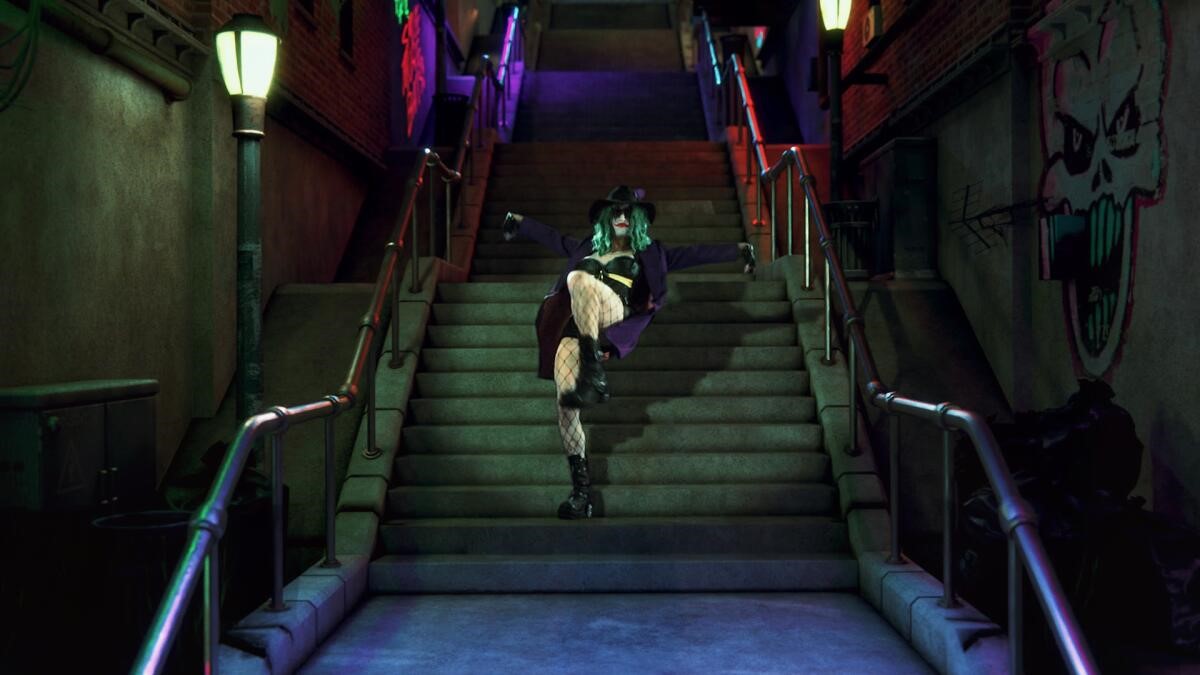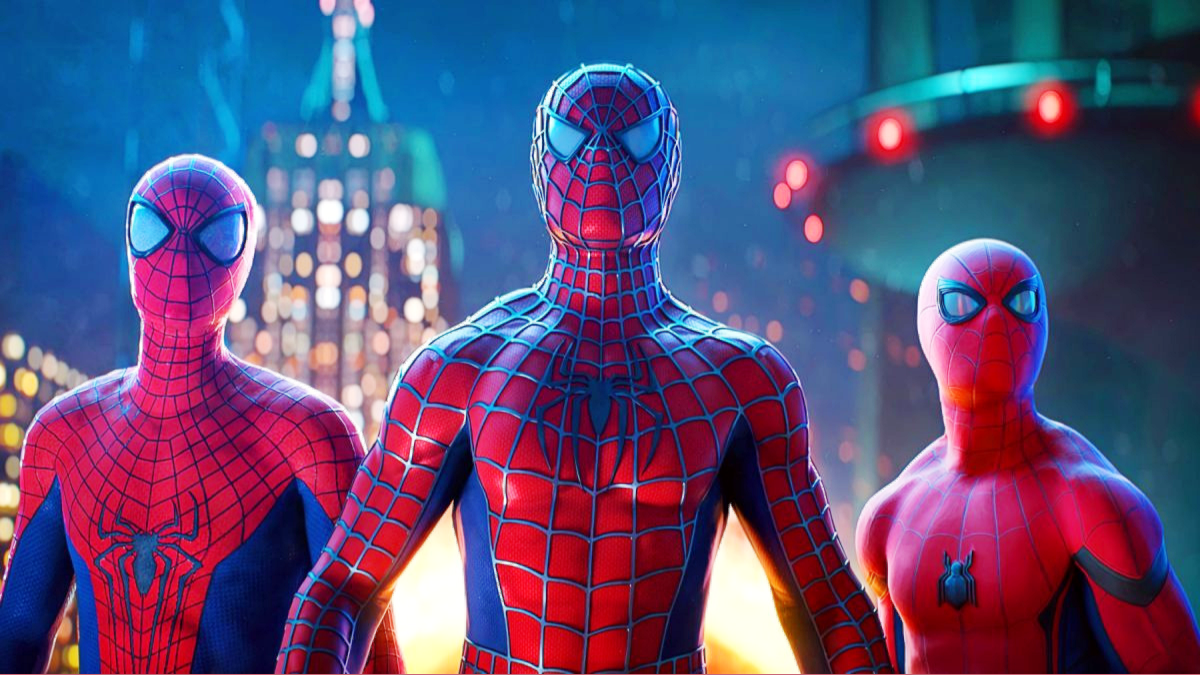
Despite being the setting of one of early cinema’s seminal works, the Canadian North rarely comes to mind as a prime region for cinematic exploration. Kim Nguyen’s new film Two Lovers and a Bear takes advantage of this relatively untapped environment to depict a story where geographical isolation serves as a microcosm of universal, existential isolation, where love is essential for survival.
This is one of those movies where its sense of place is integral to every aspect of its being: its plot, its themes, and its performances. It takes place in Nunavut, a territory whose remoteness is exemplified by how isolated it is from the rest of Canada, a country that already feels relatively separated from civilization. Despair is ubiquitous in its harsh conditions, with sanctuary found in community, or in sparse supplies of alcohol.
Our principal characters, the titular lovers, are Roman, played by Dane DeHaan, and Lucy, played by Tatiana Maslany. They embody the push and pull of this feeling of isolation. Roman is a part of this community because it’s his escape from his past, while it’s the community and the emotional weight it carries for her that Lucy feels the need to flee. The plot is catalyzed by the news that Lucy has been accepted to a university program “down south,” and the pair are faced with the age-old “should I stay or should I go” dilemma.
The details of the relationship itself are kept opaque, but it feels young. Roman and Lucy together give off the sense that, as a manifestation of the type of relationships such harsh and bitter conditions warrant, they’re not together as a luxury so much as a necessity. They are each harboring troubled pasts that they struggle with as a team. Dad issues, mostly. We see their teamwork throughout the story – they’re constantly saving each other from themselves and the world around them that threatens them at every turn. Escaping the spirits that are in their blood given to them by their ancestors seems impossible, but in each other they find hope.
The film ultimately benefits from the work of two actors who are possibly the strongest young performers working today. DeHaan powerfully captures the angst of youthful masculinity (he might as well be playing Romeo rather than Roman), as he’s shown capable of doing in film after film. He has such an astuteness for portraying deep sadness and hurt as incredibly intense rage, going all the way back to his work on In Treatment. There are a number of instances of leading male characters at TIFF this year demonstrating a knack for self-inflicted punishment, but no one does this quite like DeHaan as Roman (his anguish leads to a sweet scene that allows for a terrific example of community policing). His mix of emotional turmoil and quiet charm make him an irresistible object of empathy.
Maslany, on the other hand, shows her knack for somehow being able to exhibit buried internal pain with virtually no external gestures. This isn’t a flashy Orphan Black-style role (although she packs in a remarkable amount of subtlety and nuance among that array of clone characters). We know Lucy has demons that are chasing her, either figuratively or literally, but this performance makes us question the extent to which she’s letting this affect her – you know, like people do in real life.
It feels entirely familiar to see a character like this distract herself with taking care of others until she’s forced to face her own problems. She gets a big scene that’s tremendously affecting and raw, but it’s her natural ability to capture the moment to moment realness of someone of this generation that feels like we’re witnessing something really special. You can only marvel at the mix of subtlety and heart-wrenching outpourings of unfiltered earnestness between these two characters.
There is still room, amidst the painfully intimate love scenes, suspense sequences and death-defying acts, for some magic realism in this story (as well as some Gordon Pinsent). Its execution nearly feels out of place, but as a tension breaker, it works, though as a device, it’s maybe not totally seamless. And yet, Two Lovers and a Bear succeeds in blending elements reminiscent of Fargo, Into the Wild, and The Tree of Life, and even The Revenant (like an inverse Revenant), resulting in a supremely moving, dreamy experience.






